Why Did New Yorkers Stop Wearing Hats, Which Dominated Their Streets?
New York, a city of endless activity, has always been at the forefront of cultural trends. But, one fashion accessory that dominated its streets for centuries, only to vanish almost overnight, was the hat.
In this article, we’ll explore why hats were such an essential part of New York life in the past, their sudden decline in popularity, and how they reflect the broader societal shifts of the 20th century.
What Hats Meant to New Yorkers
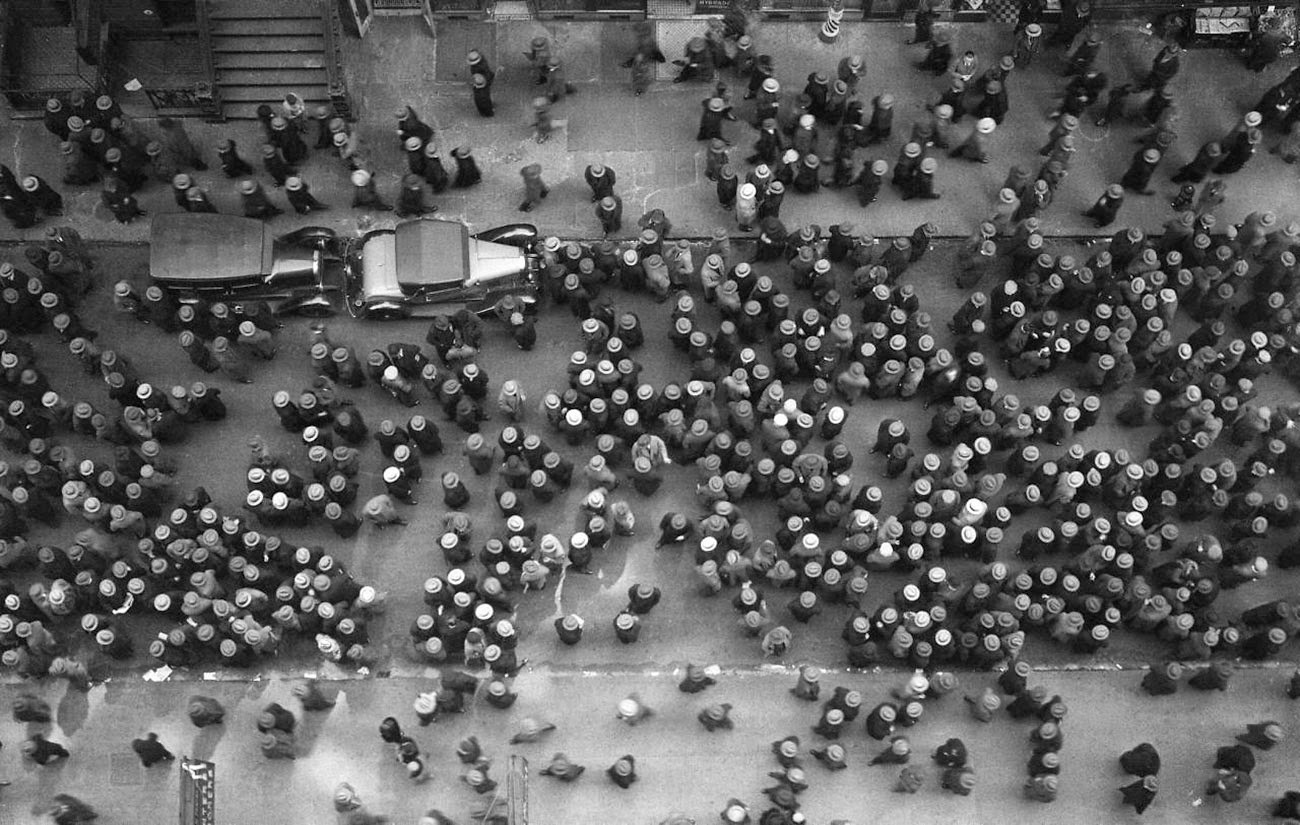
In the early 20th century, New York’s streets were a sea of hats. From the sophisticated businessmen in bowler hats to women in wide-brimmed designs, it was almost unthinkable to step outside without one. But why?
Protection and Practicality
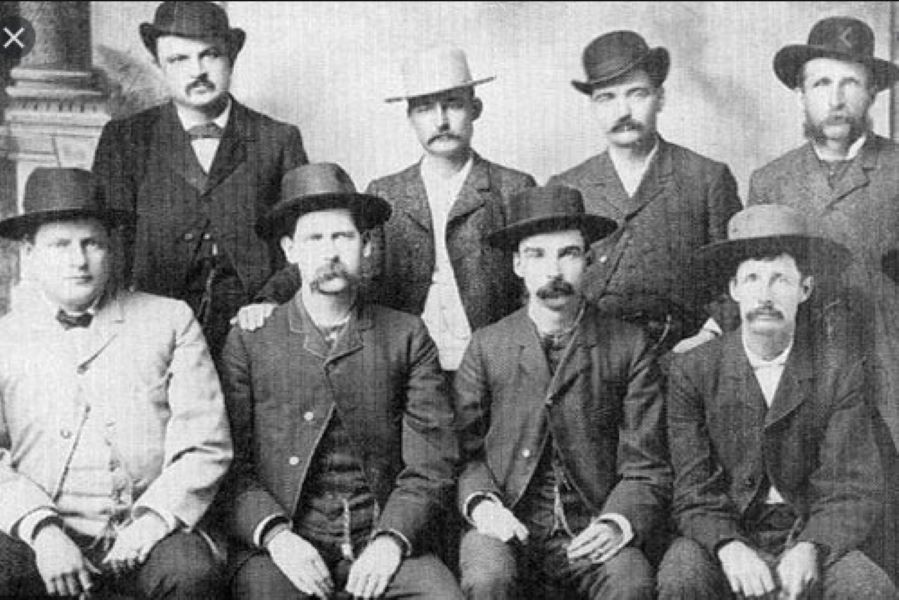
Hats weren’t just about fashion; they served a practical purpose. In a time when people walked or took public transport, hats provided essential protection from the elements.
Rain, wind, and sun were kept at bay by a sturdy felt hat or a lightweight straw version for summer. For many, hats were as necessary as overcoats to endure the city’s unpredictable weather.
A Sign of Social Status
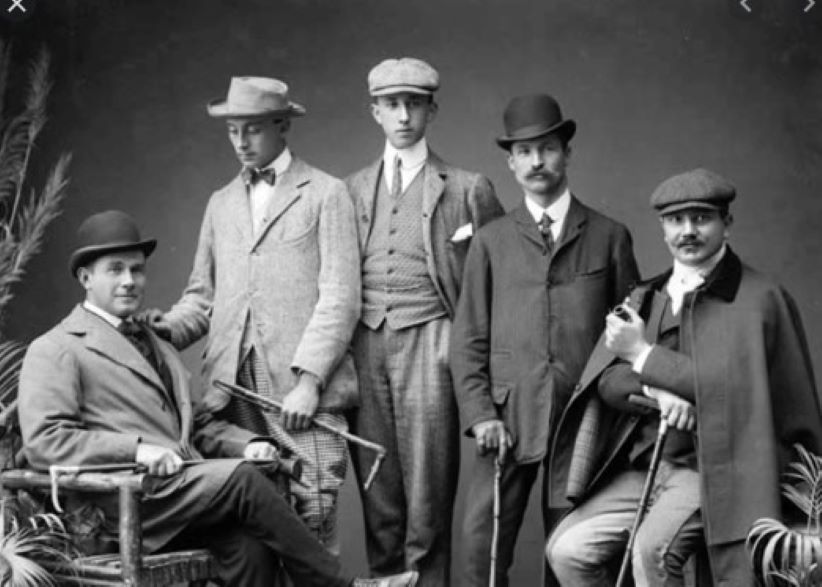
In the bustling streets of 1930s New York, a man’s hat could speak volumes about his social standing. Businessmen wore elegant fedoras or homburgs, signaling their status and success, while laborers donned flat caps or simple wool hats.
As author Emily Post once said, the well-dressed man or woman is never without a hat. For women, hats were equally important, often adorned with ribbons, feathers, or flowers to add flair to their outfits.
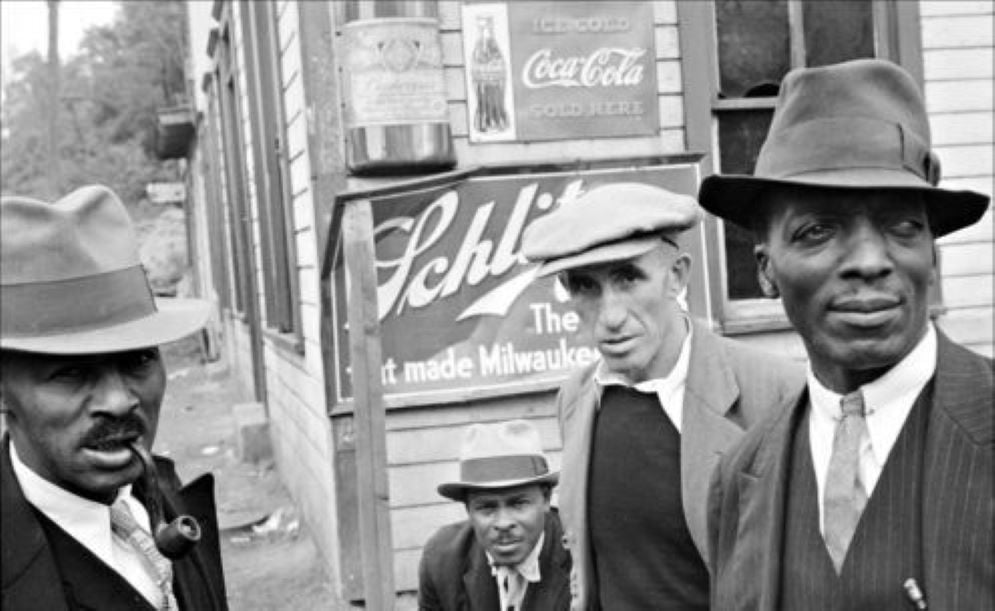
In a city as diverse as New York, hats often signified more than just wealth; they represented personal identity.
The type of hat a person wore could indicate their profession, their cultural background, or their personal style.

Immigrant groups like the Irish and Italians adopted specific hat styles as a way to blend into the city’s culture while still maintaining a sense of community.
For women, hats were also a reflection of societal expectations. In the 1920s and 30s, hats were an essential part of a respectable woman’s wardrobe.

Church hats, in particular, held significant meaning, especially in African American communities, where they symbolized dignity and respect during Sunday services.
The phrase “Sunday Best” is a nod to the elaborate hats women would wear to church and show off their finest clothing and headwear.
Why Did New Yorkers Stop Wearing Hats?
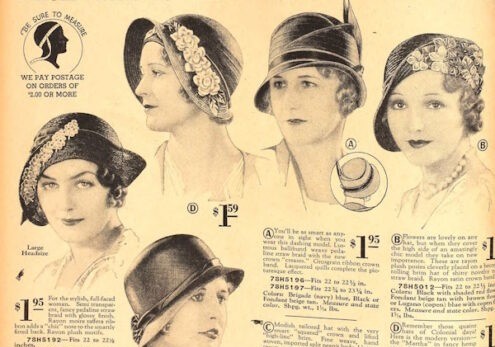
By the 1960s, the ubiquitous hat had all but disappeared from New York’s fashion scene. Several factors contributed to this drastic shift.
The Automobile Revolution

One major factor in the decline of hats was the rise of the automobile. Before cars, people spent much of their time outdoors, walking or riding in open carriages where hats were essential for protection.
But as cars became the primary mode of transport, hats became impractical and cumbersome inside vehicles. Lower rooflines in 1950s cars left little room for tall hats, making them more of a nuisance than a necessity.
Changing Hairstyles and Social Norms
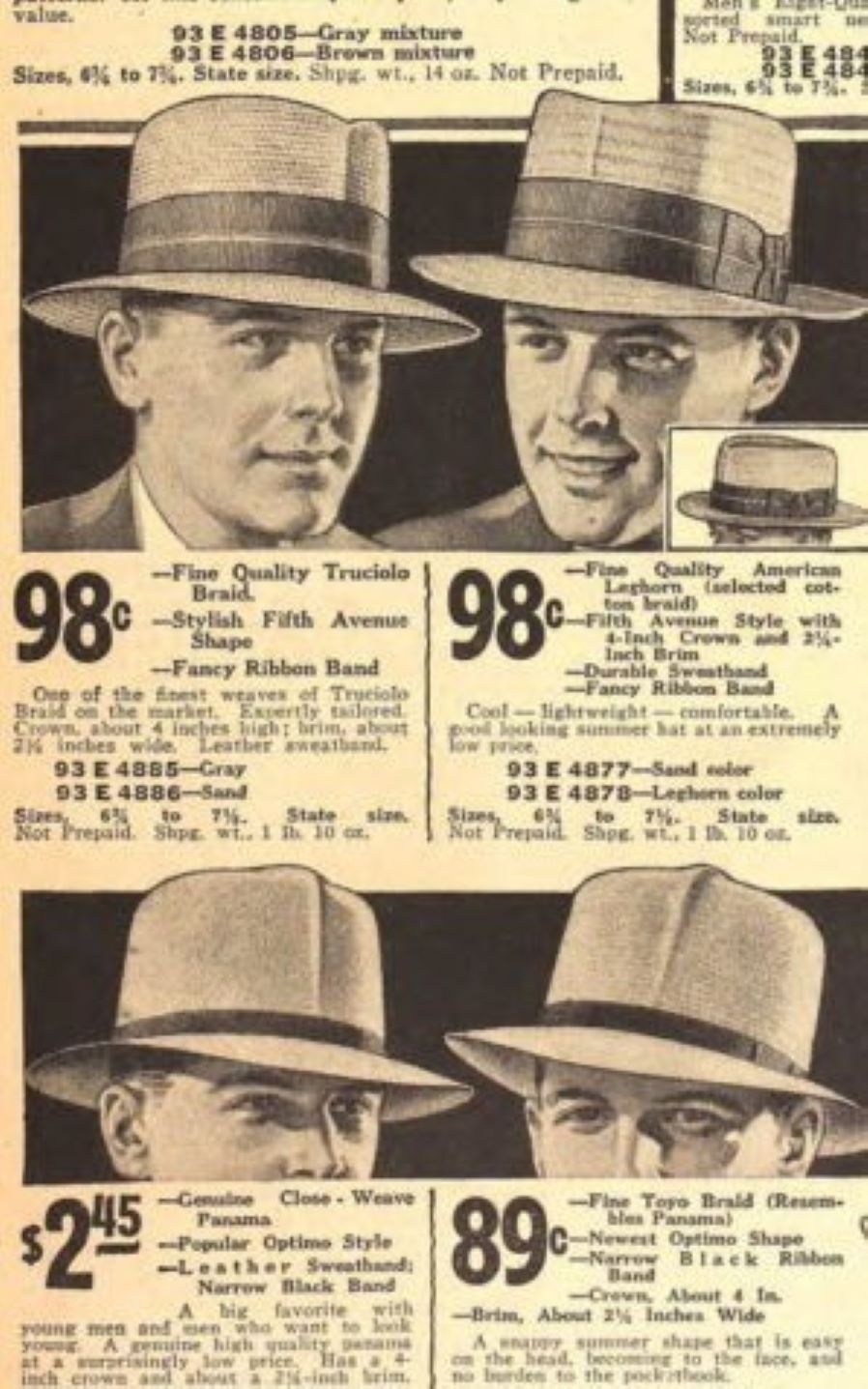
The cultural shift in the 1950s and 60s also played a significant role. Iconic figures like James Dean, Elvis Presley, and Marlon Brando revolutionized men’s fashion. They began embracing slick hairstyles and unkempt looks that didn’t require hats.
For women, the rise of elaborate hairstyles, along with the increasing availability of hair products like hairspray, made hats unnecessary. People began to see hats as old-fashioned, a relic of their parents’ generation.
The Influence of Sunglasses
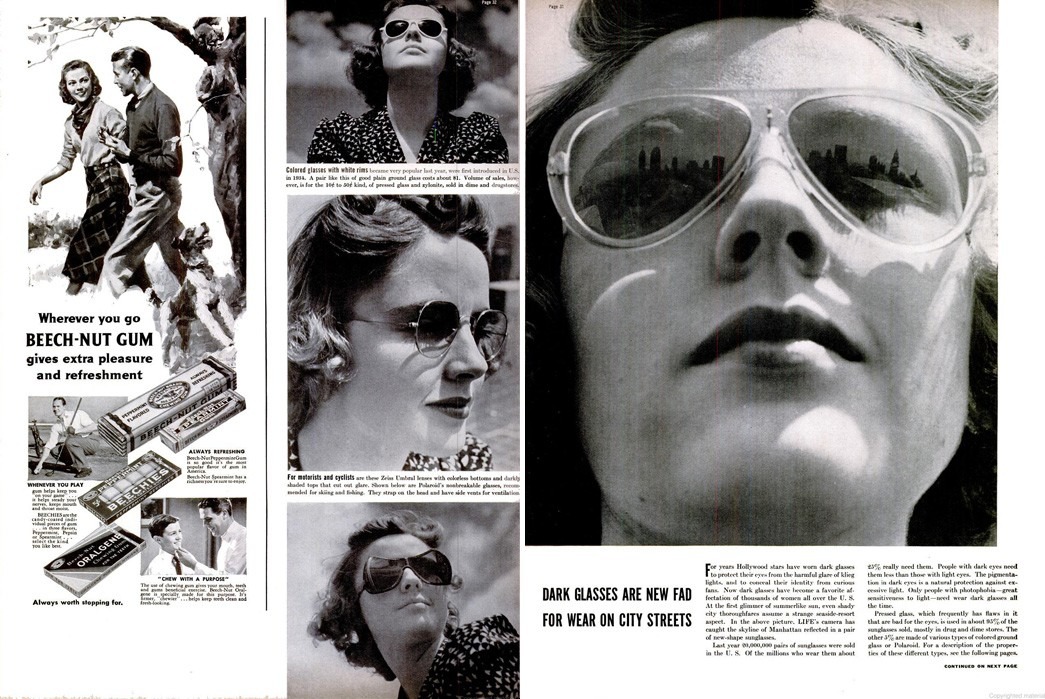
Another unexpected factor in the decline of hats was the rise of sunglasses. During World War II, images of aviators wearing sleek sunglasses—without hats—became iconic.
Sunglasses became the go-to accessory, offering sun protection and an air of modernity that hats no longer provided.
Are Hats Making a Comeback?
Though hats fell out of favor in the mid-20th century, they’ve never completely disappeared. Today, there’s a growing nostalgia for vintage fashion, and hats are once again becoming a statement piece.
The Fedora Revival
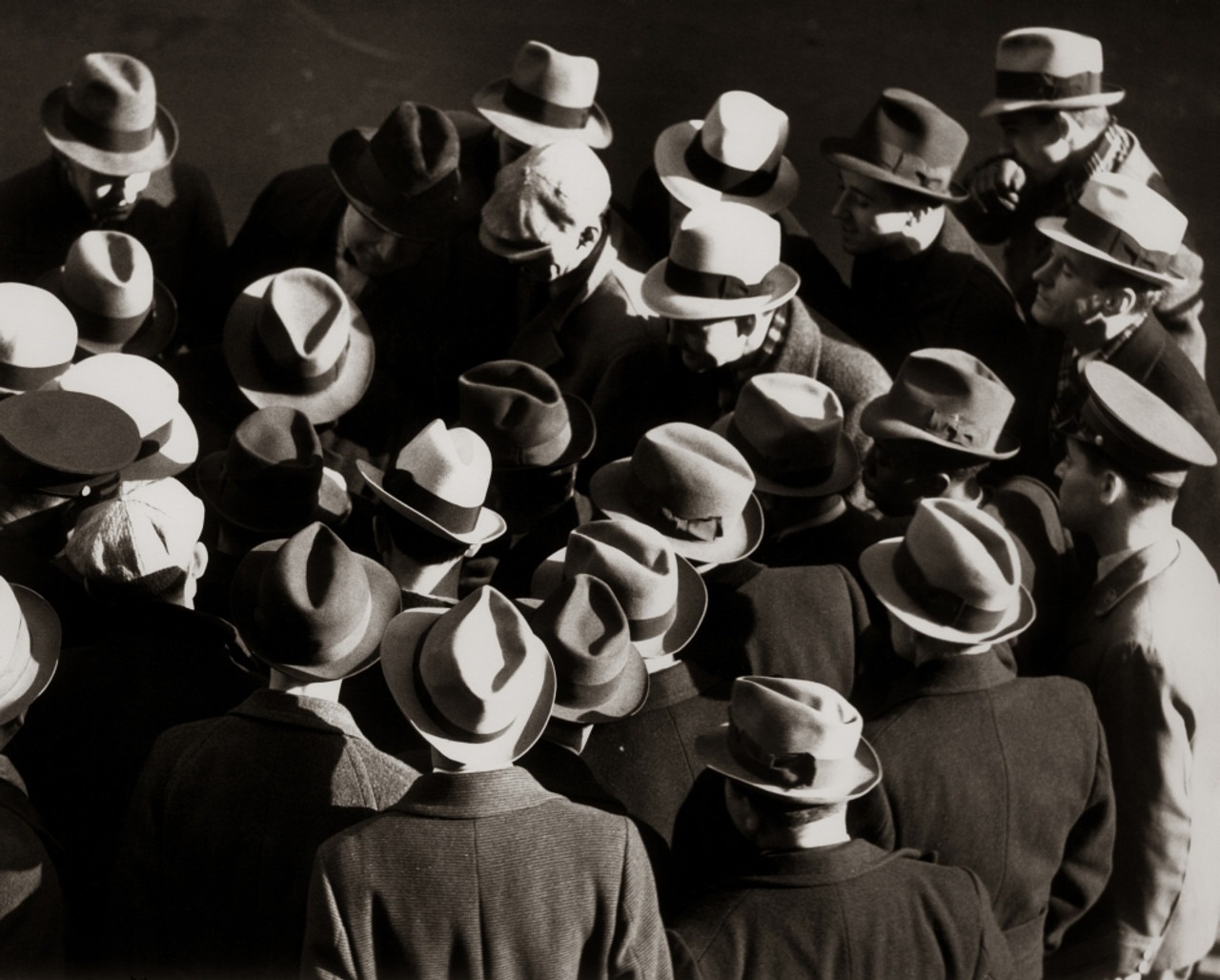
Thanks to TV shows like Mad Men, which celebrated the style of the 1950s and 60s, the fedora has experienced a resurgence.
Modern fashion designers have reinterpreted classic styles, bringing them into the 21st century with new materials and colors. Celebrities and fashion influencers have also helped revive the trend.
Sustainability and Slow Fashion

In recent years, sustainability has become a key concern in fashion. Hats, particularly those made from natural materials like wool and straw, are considered more sustainable than disposable fast-fashion trends.
Brands like Stetson and Goorin Bros. are capitalizing on this, offering high-quality, handcrafted hats that harken back to an earlier era of style and craftsmanship.
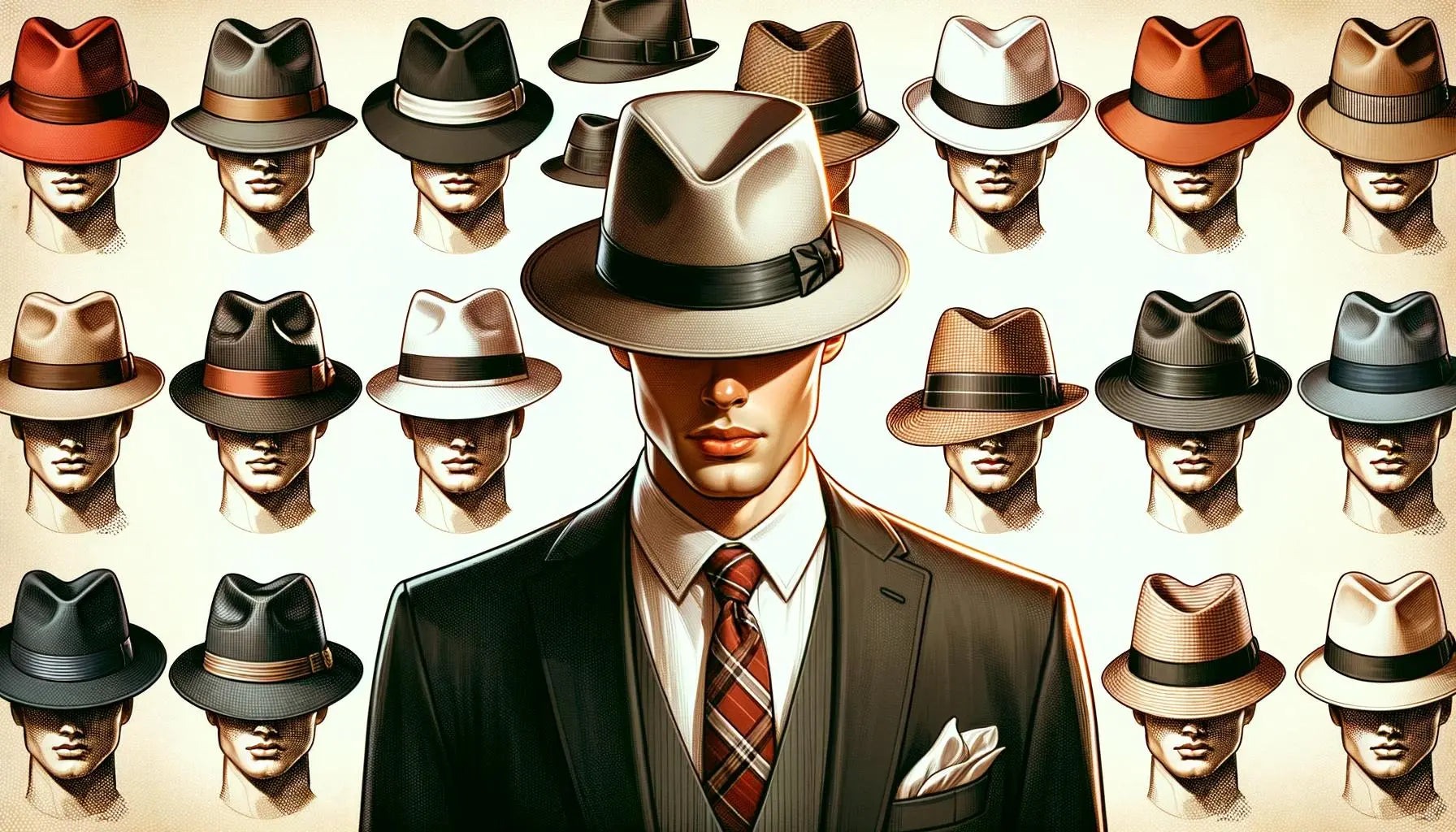
In the words of renowned fashion designer Coco Chanel, “Fashion is not something that exists in dresses only. Fashion is in the sky, in the street; fashion has to do with ideas, the way we live, what is happening.”
And in New York’s past, that fashion was undeniably topped with a hat.

